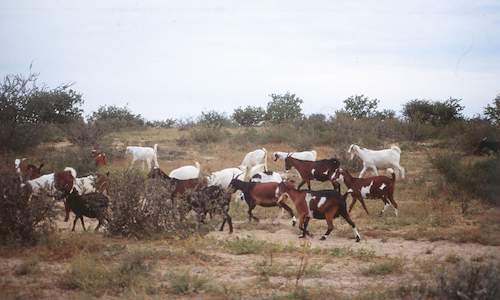Eradicating the Tsetse Fly
Botswana Wildlife Conservation
The bite of the Tsetse Fly is one of the most painful experiences in Africa and often comes with the territory, but in Botswana the fly has been almost eradicated from the wilderness areas.Bugs are much a part of the African safari experience as birds and the Big Five, with Mosquitoes, spiders and scorpions being the creepy crawlies that people fear most. Mosquitoes carry Malaria but certain measures can be taken to prevent them biting, and as they usually only come out after sunset they are relatively easy to keep in check. Spiders and scorpions are seldom seen and as such can be put in the back of the mind.
There is however a bug that is very irritating and can inflict a painful bite. It operates during the day and game drives can be somewhat unpleasant in affected areas. The Tsetse Fly is a harmless looking house fly-type insect that is still responsible for many deaths in humans and animals each year in Africa.
Tsetse Flies and sleeping sickness
The Tsetse fly is the carrier of sleeping sickness in humans and Nagana in cattle. It has been a scourge in Africa throughout history, although it has been considered the saviour of many wilderness areas in recent decades. Development in natural areas has been stalled because of the presence of the disease.
The government of Botswana decided on a policy of eradicating the fly from the country and in so doing cleared the country of the diseases borne by the Tsetse fly. Many methods were attempted from culling animal hosts to clearing the preferred breeding vegetation of the fly, but nothing seemed to work. Aerial spraying with DDT was attempted but also failed. A new method had to be found.
The Tsestse Fly trap
With the many Tsetse Fly eradication measures failing the Botswana authorities embarked on a more passive method that is still in use today. Researchers discovered that Tsetse fly react to scent, colour and movement to select their prey and they began a project to manufacture a scent that would attract the fly. Targets were made from black and blue cloth.
The method involves attracting the flies to the cloth target which is soaked in an environmentally friendly poison that kills the flies when they sit on it. The black and white cloth rotates in the breeze, giving the impression of moving animals. The fly moves in and is further attracted by a scent resembling Buffalo urine and sweat that is also placed on the target. The poison then does the rest.
The targets are placed in areas of woodland known to be the breeding place of the Tsetse Fly.
Botswana Flags in the wilderness
Many visitors to the wilderness areas are intrigued by the blue and black cloths that are seen in many areas of the Okavango Delta, and as the cloths resemble the colours of the Botswana flag the guests always ask about them.
This passive method of Tsetse Fly control has proved to be very successful and the fly has all but been exterminated in the Okavango Delta today.

Veterinary fences in Botswana are established to stop wildlife like zebra or wildebeest from competing with cattle. A controversial discussi...
more
